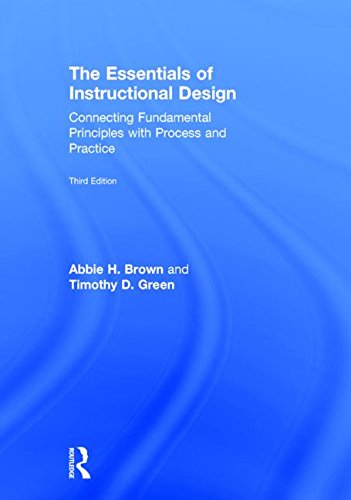

Most ebook files are in PDF format, so you can easily read them using various software such as Foxit Reader or directly on the Google Chrome browser.
Some ebook files are released by publishers in other formats such as .awz, .mobi, .epub, .fb2, etc. You may need to install specific software to read these formats on mobile/PC, such as Calibre.
Please read the tutorial at this link: https://ebookbell.com/faq
We offer FREE conversion to the popular formats you request; however, this may take some time. Therefore, right after payment, please email us, and we will try to provide the service as quickly as possible.
For some exceptional file formats or broken links (if any), please refrain from opening any disputes. Instead, email us first, and we will try to assist within a maximum of 6 hours.
EbookBell Team

5.0
78 reviewsThe Essentials of Instructional Design, 3rd Edition introduces the essential elements of instructional design (ID) to students who are new to ID. The key procedures within the ID process―learner analysis, task analysis, needs analysis, developing goals and objectives, organizing instruction, developing instructional activities, assessing learner achievement and evaluating the success of the instructional design―are covered in complete chapters that describe and provide examples of how the procedure is accomplished using the best known instructional design models.
Unlike most other ID books, The Essentials of Instructional Design provides an overview of the principles and practice of ID without placing emphasis on any one ID model. Offering the voices of instructional designers from a number of professional settings and providing real-life examples from across sectors, students learn how professional organizations put the various ID processes into practice. This introductory textbook provides students with the information they need to make informed decisions as they design and develop instruction, offering them a variety of possible approaches for each step in the ID process and clearly explaining the strengths and challenges associated with each approach.